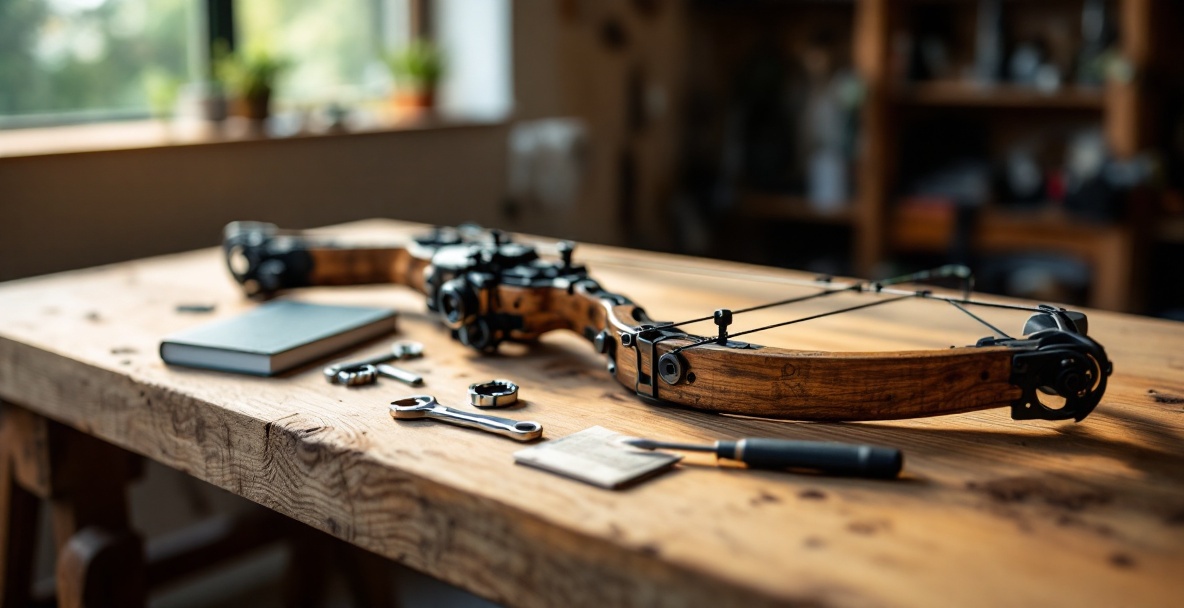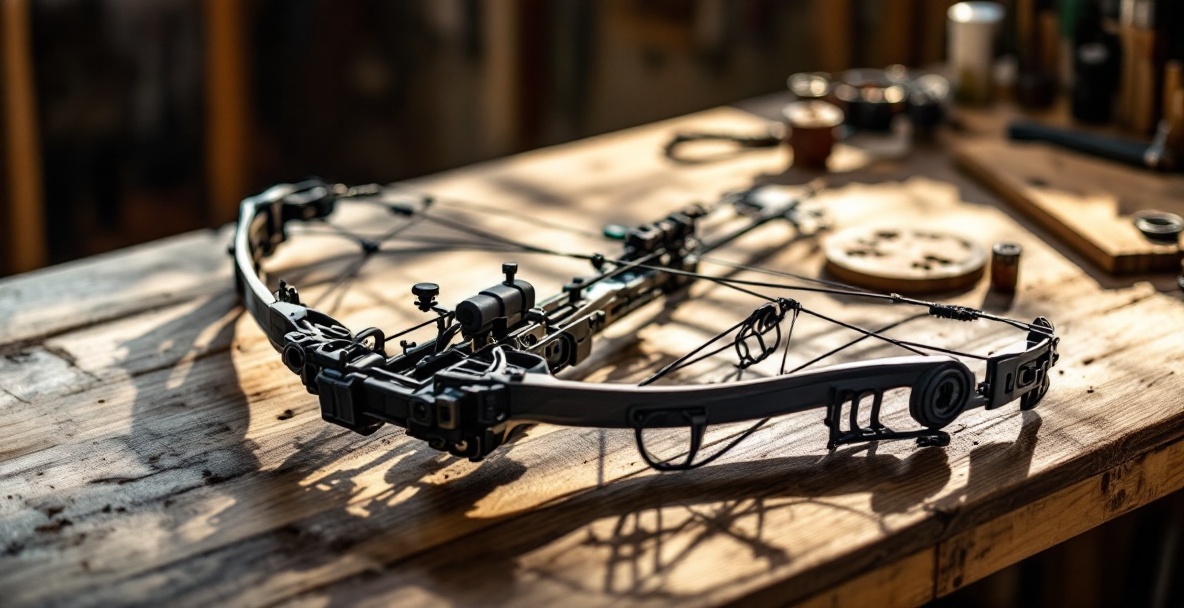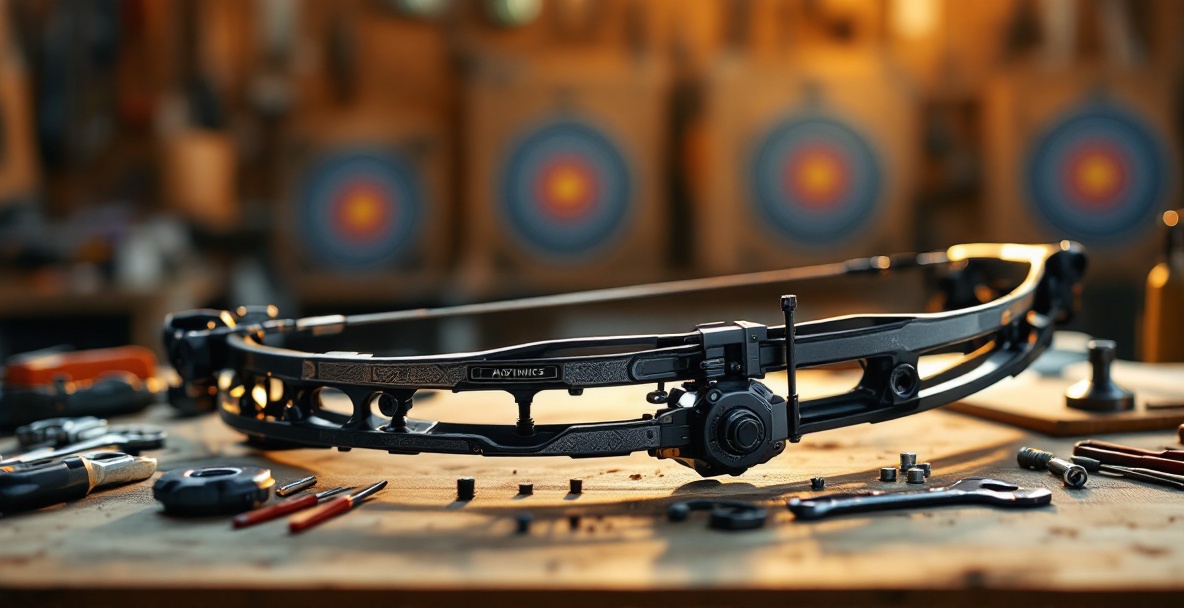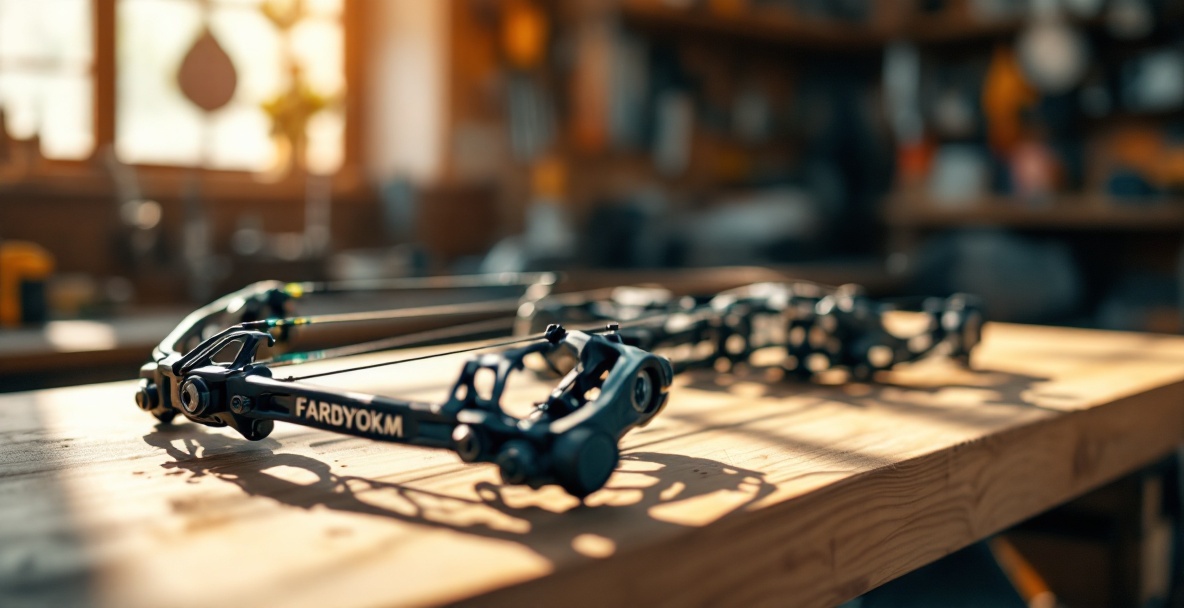There is nothing like the thrill of seeing your arrow hit its mark. That feeling comes from having your properly tuned compound bow working just for you. Whether you are a beginner or have spent years at the range, every shot counts when your equipment is set up right. At OneX Archery, we have seen plenty of archers boost their game by simply dialing in their tuning techniques. This guide shows you every step-from basic setups to the fine-tuning details-that helps you achieve a bow that feels natural and fires true.
Why Tuning Your Bow Makes a Real Difference

What Happens When Your Bow Isn’t Tuned Right
If your bow is not tuned properly, nothing feels right when you shoot. Arrows fly off course, making it hard to group them together and leaving you frustrated after every round. You might even start developing bad shooting habits as you try to work around the misalignment. Worse yet, a bow that isn’t tuned can create dangerous situations such as dry fires, strings going off track, or even parts failing when you need them the most. Ensuring proper tuning not only boosts performance but also keeps you safe on the range.
What You Will Learn
In this guide, you will find everything needed to give your bow that extra edge. We cover setting the right draw length and weight, share tips on paper tuning for that perfect sight picture, and even offer advice on keeping your bow in top condition. With these tuning techniques at your fingertips, you will enjoy improved shooting accuracy and a more satisfying archery experience. Plus, you will soon notice how these small changes can make a big difference in your overall performance.
A Closer Look at Your Compound Bow

The Main Parts That Power Your Bow
Before you start adjusting anything, it helps to know the parts that make your bow work. The riser acts like the heart of the bow by holding everything together and giving you a strong grip. Attached to the riser are the limbs, which store energy when you pull back the string. The cam system, which looks like little wheels or ovals at the tip of the limbs, creates that favorite let-off so you can keep steady at full draw. Meanwhile, the bowstring and cables transfer energy to your arrow, and the arrow rest holds it in place. Accessories like OneX Archery stabilizer weights fine-tune the balance and cut down on vibration for better results. Getting to know these parts means you’ll be better equipped to fine-tune your bow exactly how you like it.
The Lingo You Need to Know
Learning a little of the bow-tuning lingo can really pay off. For instance, brace height is the distance from the string to the deepest part of your grip when the bow is at rest, and it affects how your arrow clears the bow and how fast it flies. Axle-to-axle length means the space between the cam axles and plays a big role in how stable your bow feels during shooting. Then there’s draw length, which is simply how far you pull back the string, and it should suit your body perfectly. Draw weight tells you the force needed to pull the bow, while let-off describes how much lighter it feels at full draw than at the peak force. The nocking point is where your arrow clips onto the string, and the center shot means the arrow lines up with the power path. Knowing these key phrases makes tuning less confusing and more enjoyable.
Tuning Your Bow, Step by Step
Getting the Right Draw Length
Starting with the right draw length is key to a well-tuned bow. If your draw length is off, you might end up with awkward shooting form that not only hurts your aim but could lead to injury over time. To figure out your ideal draw length, stretch your arms out to form a T with your body and have someone measure from one tip of your middle finger to the other. Divide that number by 2.5, and you have a great starting point in inches. Most bows let you adjust the draw length with modular cams or special systems found in your manual. Once you set it, check that full draw feels natural, where your anchor points line up nicely and your bow arm stays relaxed with a slight bend. Nailing the right draw length sets the stage for both better accuracy and safer shooting sessions.
Adjusting Your Draw Weight for Comfort and Power
Choosing the correct draw weight means you can pull your bow back with ease while still having enough power for each shot. Most compound bows come with limb bolts that let you change the draw weight by tightening or loosening them. It’s important to know your bow’s specs first since most such adjustments bring about changes of around 2 to 3 pounds per full turn of the bolt. Make sure you adjust both sides evenly to keep your bow balanced. Begin with a lower weight and gradually increase it until you find one that you can hold comfortably over many shots without tiring. If you plan to hunt or shoot in cold weather, consider lowering the weight by 5 to 10 pounds. Achieving the right draw weight helps you maintain smooth form and delivers the best performance with every release.
Getting Your Bow Aligned and Balanced
A well-balanced bow makes it easier to shoot every arrow right on target. Start by making sure that your arrow runs parallel to the riser when you glance over your shoulder. Most bows let you adjust the arrow rest sideways so that the arrow follows the perfect line of the string’s power path. When everything lines up correctly, unwanted sideways forces are minimized and your shots become more predictable. You can also add stabilizers to boost balance and reduce vibration. At OneX Archery, our precision stabilizer weights help keep your bow steady and cut out unnecessary movement. Experiment with different weight arrangements until you find the one that feels right for your shooting style. Small tweaks in alignment can give you that extra bit of stability and confidence with every shot.
Dialing in the Details for Perfect Shots

Using Paper to Fine-Tune Your Bow
Paper tuning is a hands-on way to see how your arrow really flies. Set up a sheet of paper in a frame that lets an arrow pass through completely, then stand about 5 to 7 feet away and fire straight at it. The tear left in the paper tells you if your bow is tuned correctly. A clean, round hole means everything is just right. If you see a vertical tear that is either too high or too low, it usually means the nocking point needs some adjustment. Horizontal or diagonal tears indicate that your center shot might be off, so try tweaking your arrow rest little by little and test after each change. For more details on this process, check out Field & Stream's comprehensive guide to tuning compound bows. Paper tuning helps pinpoint problems so you can make the perfect adjustments.
Tuning Broadheads for Better Accuracy
If you are a bowhunter, you know it is important that both broadheads and field points hit the same spot. Start by shooting several arrows with field points from 20 yards and then switch to broadheads without changing your sight. If you see a difference in where they hit, you know some tuning is needed. Often, broadheads will show even tiny tuning issues because of their design. For right-handed shooters, if the broadheads hit to the right, adjust the arrow rest a bit to the left; if they hit to the left, shift it right. Similarly, small tweaks up or down can help if your arrows are hitting too high or too low. Go slowly with changes, aiming for adjustments around 1/16 inch, and test thoroughly after each move. For advanced ideas, visit Bow International's compound micro-tuning techniques. Accurate broadhead tuning can make a notable difference in your hunt.
Checking Your Tuning Without Paper
If paper isn’t available, you can still test your setup with a few on-the-ground methods. One is the walk-back technique: mark a vertical line on your target with a piece of string or tape, fire an arrow from 20 yards, then step back to 30, 40, and even 50 yards without changing your sight. If the arrows line up in a straight vertical line, your center shot is on target. If they drift left or right, a small adjustment on the arrow rest is needed. Another method is to use bare shaft testing. Remove the fletching from a couple of arrows and shoot them alongside fletched ones at 20 yards. If the bare shafts land with the others, your tuning is spot on. Otherwise, the way they stray shows you exactly what needs fixing. For a complete overview, check out USA Archery's complete video guide to recurve and compound bow tuning. These alternative methods are great for ensuring your bow is tuned perfectly even without the use of paper.
Looking After Your Tuned Bow

Regular Checks and Adjustments to Keep It Sharp
Even when your bow feels perfect, it still needs regular care to stay that way. Make a habit of checking your bow before each shooting session. Look over the string and cables for any signs of wear or fraying, especially near spots that see a lot of contact. Give the cams a spin to ensure they move smoothly and listen for any unusual sounds. Also, check that all bolts – including those on stabilizer weights, sights, and arrow rests – are tight. Routine maintenance is essential, and at OneX Archery, we offer stabilizer weights in sizes that fit many setups. It is also wise to verify cam timing; both cams should complete their rotation together at full draw, and any differences might call for a professional’s help. A quick check on your draw weight using a scale can alert you to any changes caused by weather or time. Spending a few moments on these checks can keep your bow performing at its best.
Storing Your Bow the Right Way
Taking care of your bow doesn’t stop when you finish shooting. How you store your bow is just as important. Keep it in a cool, dry place away from direct sunlight and extreme temperatures, ideally on a horizontal rack or inside a padded case. This protects the limbs and delicate parts from unnecessary stress and damage. If you plan to store your bow for a longer period, consider loosening the limb bolts just a bit to ease the pressure, but be sure not to let components come loose. Always use a bow stringer or press when removing your string for storage, and check that all accessories, like your stabilizer weights, are still firmly attached. Regular inspections for any signs of pest damage or moisture, especially if you store your bow in a garage or shed, will help maintain its tuning. Proper storage practices protect your investment and ensure you’re always ready to hit the range.
Final Thoughts: Aim with Confidence
Main Points to Remember
Tuning your bow goes beyond just fiddling with settings; it’s about creating a smooth connection between you and your equipment. We discussed how to set up your draw length and weight, and even went over paper tuning and broadhead alignment for that extra precision. Keep in mind that tuning is an ongoing process that requires regular attention. The time you spend on proper tuning techniques will pay off with more consistent, accurate shots every time you step onto the range.
Now Get Out and Practice
Once your bow is tuned just right, the fun really begins. Spend time practicing with your newly adjusted setup, and you will notice how your muscle memory and confidence grow shot by shot. Start with shorter ranges to ensure everything is working as it should, then slowly extend your range as you get more comfortable. Always feel free to make small tweaks as you see how your bow behaves in real situations. The best tuning comes when technical care meets your own shooting style, leading to better performance every single time. Commit to regular practice and watch your archery skills soar.
Ready to take your archery performance to the next level? Visit OneX Archery today to explore our precision-engineered stabilizer weights designed to enhance balance, reduce vibration, and improve accuracy for any compound bow setup. Our stackable system allows for complete customization to match your specific shooting needs, whether you're hunting in the field or competing on the range.
Leave a Reply